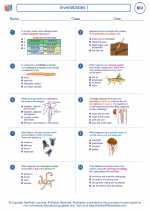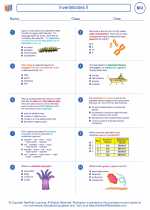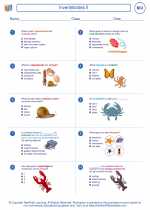Types of Antidepressants:
- Selective Serotonin Reuptake Inhibitors (SSRIs): Examples include Prozac, Zoloft, and Celexa. They increase the levels of serotonin in the brain, which can improve mood and reduce symptoms of depression.
- Serotonin and Norepinephrine Reuptake Inhibitors (SNRIs): Examples include Cymbalta and Effexor. These medications increase the levels of both serotonin and norepinephrine in the brain.
- Tricyclic Antidepressants (TCAs): Examples include amitriptyline and nortriptyline. TCAs are an older class of antidepressants that also affect serotonin and norepinephrine levels.
- Monoamine Oxidase Inhibitors (MAOIs): Examples include Nardil and Parnate. MAOIs work by blocking the enzyme monoamine oxidase, which breaks down neurotransmitters like serotonin and norepinephrine.
- Atypical Antidepressants: This category includes medications like Wellbutrin and Remeron, which have unique mechanisms of action compared to the other classes.
How Antidepressants Work:
Antidepressants help alleviate symptoms of depression by affecting neurotransmitters in the brain. For example, SSRIs increase the levels of serotonin, which is known to regulate mood, sleep, and appetite. By balancing these neurotransmitters, antidepressants can improve mood and alleviate symptoms of depression.
Side Effects and Considerations:
While antidepressants can be effective, they also come with potential side effects. These may include nausea, weight gain, sexual dysfunction, and drowsiness. It's important for individuals to work closely with their healthcare provider to find the right medication and dosage that works for them.
Conclusion:
Antidepressants are a valuable tool in the management of depression and other mood disorders. Understanding the different types of antidepressants and how they work can help individuals make informed decisions about their mental health treatment.
.◂Biology Worksheets and Study Guides High School. Invertebrates

 Worksheet/Answer key
Worksheet/Answer key
 Worksheet/Answer key
Worksheet/Answer key
 Worksheet/Answer key
Worksheet/Answer key
 Worksheet/Answer key
Worksheet/Answer key
 Worksheet/Answer key
Worksheet/Answer key
 Vocabulary/Answer key
Vocabulary/Answer key
 Vocabulary/Answer key
Vocabulary/Answer key
 Vocabulary/Answer key
Vocabulary/Answer key
